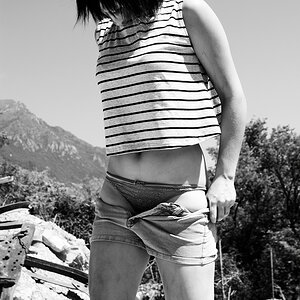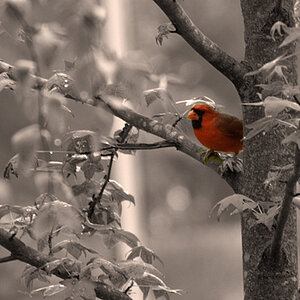Patrice
No longer a newbie, moving up!
This getting to be a bit of fun. Lots of participants thinking about the my statements and countering with well considered arguments. (Some are also just saying I've lost my marbles, but not really contributing.)
Let me say my piece in another way, if you will.
The camera creates an image by exposing the sensor to light. Aperture and shutter are the controls that vary the amount of light that can reach that sensor. I fully acknowledge that changing the response parameters of that sensor to the amount light it receives will entail changes in one or both of the two controls I'm talking about. Changing the iso does not vary the amount of light the sensor receives, only its response to that light.
An image requiring a large depth of field and a fast shutter speed certainly might necessitate a higher iso due to the lack of available light.
So we raise the iso so that we can use the aperture and shutter speed the image requires. We are still only using aperture and shutter speed to control the amount of light reaching the sensor.
Of course changing the iso will require a change in aperture and/or shutter speed to maintain the same exposure. But it's not the change in iso that is modifying the exposure, it's the resultant changes in shutter and/or aperture.
I'm gonna shut up now and go eat my supper.
Let me say my piece in another way, if you will.
The camera creates an image by exposing the sensor to light. Aperture and shutter are the controls that vary the amount of light that can reach that sensor. I fully acknowledge that changing the response parameters of that sensor to the amount light it receives will entail changes in one or both of the two controls I'm talking about. Changing the iso does not vary the amount of light the sensor receives, only its response to that light.
An image requiring a large depth of field and a fast shutter speed certainly might necessitate a higher iso due to the lack of available light.
So we raise the iso so that we can use the aperture and shutter speed the image requires. We are still only using aperture and shutter speed to control the amount of light reaching the sensor.
Of course changing the iso will require a change in aperture and/or shutter speed to maintain the same exposure. But it's not the change in iso that is modifying the exposure, it's the resultant changes in shutter and/or aperture.
I'm gonna shut up now and go eat my supper.




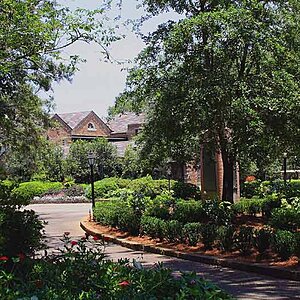
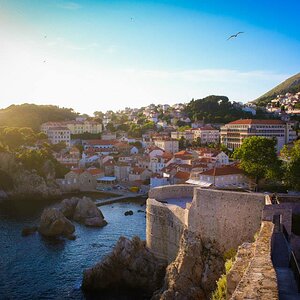
![[No title]](/data/xfmg/thumbnail/38/38739-1ad36a46750bafbe805f009b4453e8be.jpg?1619738703)
![[No title]](/data/xfmg/thumbnail/38/38735-2245cc1b04db3f96fa74095ae14558a6.jpg?1619738703)
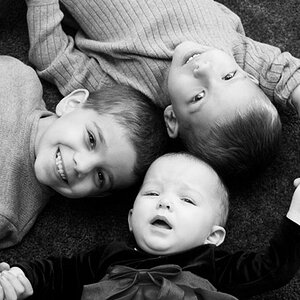
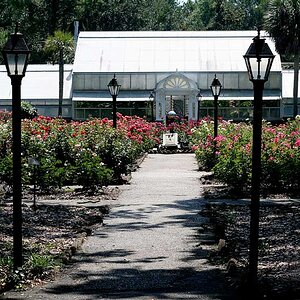
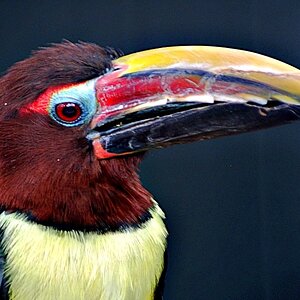
![[No title]](/data/xfmg/thumbnail/41/41817-4a0d3ed5be8eccb25845bd566e5cd1cb.jpg?1619739903)

